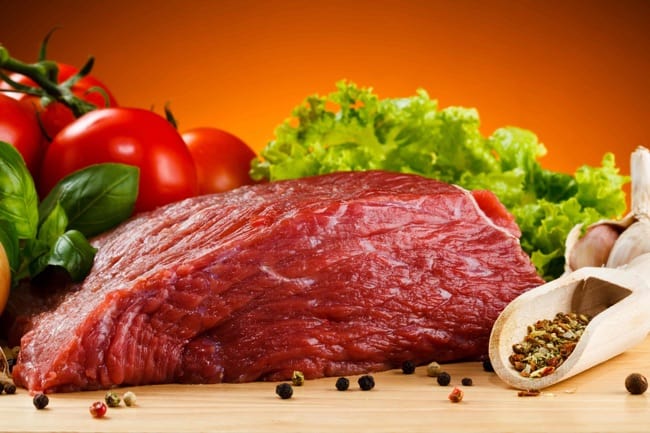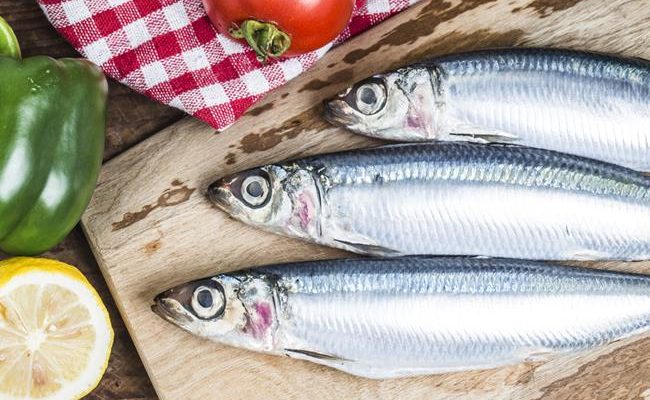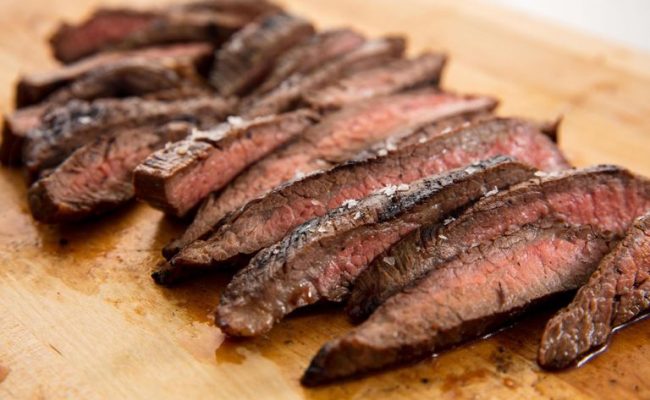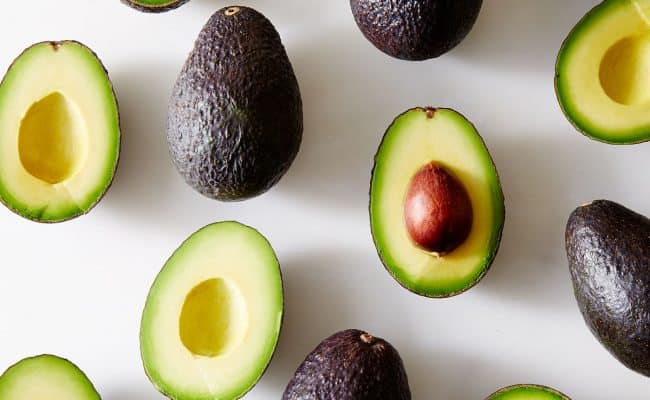
Eating high amounts of red meat, like beef, has been associated with increasing risk of cardiovascular disease, some cancers and other health risks. Some studies also suggest there is an association between higher red meat intake and all-cause mortality.
Not all beef is created equal; some cuts are leaner than others, and some beef can be heavily processed. In general, it is always recommended to eat more unprocessed food over processed foods.
Processed meats can have additives added, be salted or cured. Beef’s nutritional profile can also vary depending on what the cow ate: grain or grass fed.
Cutting out all meat or specific types of meat is a personal choice, as your nutrition and other environmental factors could weigh in on your decision. If you do want to eat beef, choose healthier cuts and eat it in moderation along with a healthy, balanced diet.
The nutritional benefits of beef
Beef is actually recommended as part of the diet in some instances because it is a rich source of many nutrients. Red meat is high in heme iron, which is absorbed better by the body compared to plant sources of iron.
If someone is iron deficient, a health professional may recommend to eat more iron rich foods, like beef.
Beef is also high in B vitamins, which are needed to make new cells in the body and used for metabolic processes. Beef is a source of zinc which is needed for immune function, healing and cell division (1).
Beef and weight regulation
Like other meats, beef is a concentrated source of protein. Eating protein at meal times can help you feel full longer which may help lower your intake later in the day.
Choosing cuts of beef that are considered lean or very lean will give you lower calorie options for beef that can be part of a lower calorie diet.
Why beef intake may be advised to limit
Even though beef is a nutrient dense food, general recommendations to limit intake of red meat have been around for years.
For example, the American Institute for Cancer Research (AICR) (2) suggests limiting intake of red meats, like beef, and avoiding processed red meats like hot dogs, sausages, etc.
The AICR recommends to limit red meat intake to no more than 18 ounces cooked weight in a week. Why? Because some studies have shown compounds in red meat may increase risk of colon cancer, and some studies have shown people who eat a lot of red meat don’t eat as many plant foods. This also means they don’t get as much fiber.
Beef can be eaten as part of the diet, but it is recommended to stay under the recommended intake guidelines. Also, it’s important to balance the diet with a lot of fruits, vegetables, whole grains and legumes along with meat.
It can be easy to overdue on the serving size of beef; a serving according to the USDA is 3 ounces. If you order a steak at a restaurant, it will be at least 6-8 ounces.
Red meat consumption and mortality
Another concern with red meat intake is that eating it may increase your relative risk of mortality. A 2013 study (3) in the American Journal of Epidemiology, AJE, and a 2013 study (4) in the American Clinical Journal of Nutrition, AJCN both concluded higher intakes of red meat may have negative health outcomes.
The AJE article concluded processed red meat and total red meat consumption was significantly associated with all cause mortality. The AJCN found greater red meat intakes were associated with higher levels of inflammation, and researchers concluded substituting red meat intake with another protein may help lower inflammatory markers.
An association does not mean it is a cause and effect relationship, so these studies aren’t saying if you eat red meat you automatically increase your mortality rate.
According to Harvard Health (5), what is also important to keep in mind is the way you cook beef can contribute to risk. Charring meat or cooking at high temperatures is not considered a healthy way to cook beef. Also, it could be the red meat eaters are more likely to have other risk factors for diseases.
Difference between grass fed and grain fed
There is some debate if grass fed beef is more beneficial than grain/corn fed beef. Beef from cows that ate only grass has shown in some studies (6) to be higher in omega 3 fatty acids, higher neutral saturated fats, higher amounts of vitamin A, E and lower amounts of cholesterol elevating fats.
Grass fed beef is also lower in fat and may have a different flavor than most people are accustomed to.
Conclusion: Should you avoid it?
If you are wondering if you should avoid eating beef or not, it’s best to speak with your health care team to fully assess your medical history and needs. In general, modest intakes of beef can be part of a healthy diet.
Limit your intake of red meat by eating a variety of healthy protein options. If you want to eat beef, an emphasis needs to be put on portion control and staying under the guidelines by the AICR and other health organizations.
You need to balance intake of red meat by still eating a high amount of fruits, vegetables, whole grains and legumes. Some studies show an association between red meat intake and increasing risk for some diseases, even overall mortality.
However, other lifestyle and dietary choices may also be a part of this association.
Beef is naturally a nutrient dense food and could be beneficial for people needing a concentrated source of iron, zinc and B vitamins. Choosing lean or very lean cuts of beef are recommended and choosing unprocessed beef over processed foods like hot dogs or sausages is also recommended.
Another consideration for beef is if it is from a cow that ate mainly grains or grass. Some studies suggest there is a difference nutritionally based on what the cow ate, and grass fed beef is over all lower in fat, higher portion of omega 3’s and can be higher in some vitamins.










